





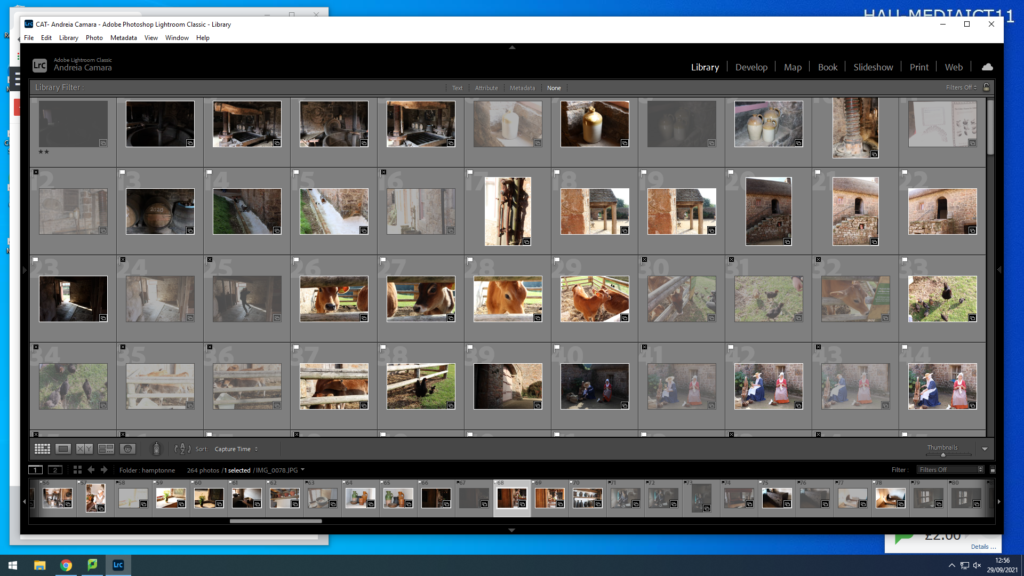
EDITING: in the first round of editing I selected images using p (pick) and x (reject) . After that I filtered my images by selecting the white flag.

then I went through the images that I had selected using P(pick) and rated them using a staring system. This allows for me to pick the best images.

then I went into develop mode to edit the photos with a star rating of 4 and above.

after entering develop mode I adjusted the white balance as the first step of my editing.

then I adjust the exposure and the contrast until I am happy with the final image.

A cyanotype is a photographic printing process which produces a cyan/blue print. Engineers used this process in the 20th century to create blueprints. This process involves using two chemicals ferric ammonium citrate and potassium ferricyanide. This process what discovered by a British scientist Sir John Hershel in 1842.

Was a British botanist and photographer Anna was the first person to publish a book with photographic images her 19th century cyanotypes used light exposure to create detailed images of botanical specimens.
Annas use of cyanotypes helped to merge photography and science and showed that photography has a potential in books.
1849 Anna published her book ‘Photographs Of British Algae: cyanotype impressions’ which only had a limited amount of copies.
Here is the cyanotype I created on our visit to the Hamptonne using flowers and leaves that I had collected. I placed them on top of the paper and left it in the sun to process then I placed it in water for 2-3 minutes to stop it from developing more and set it out to dry.
An environmental portrait is a portrait executed in the subject’s usual environment, such as in their home or workplace, and typically illuminates the subject’s life and surroundings. The term is most frequently used of a genre of photography.
By photographing a person in their natural surroundings, it is thought that you will be able to better illuminate their character, and therefore portray the essence of their personality, rather than merely a likeness of their physical features. It is also thought that by photographing a person in their natural surroundings, the subject will be more at ease, and so be more conducive to expressing themselves, as opposed to in a studio, which can be a rather intimidating and artificial experience.
The surroundings or background is a key element in environmental portraiture, and is used to convey further information about the person being photographed.
Where it is common in studio portraiture and even in location candid photography to shoot using a shallow depth of field, thereby throwing the background out of focus, the background in environmental portraiture is an integral part of the image. Indeed, small apertures and great depth of field are commonly used in this type of photography.

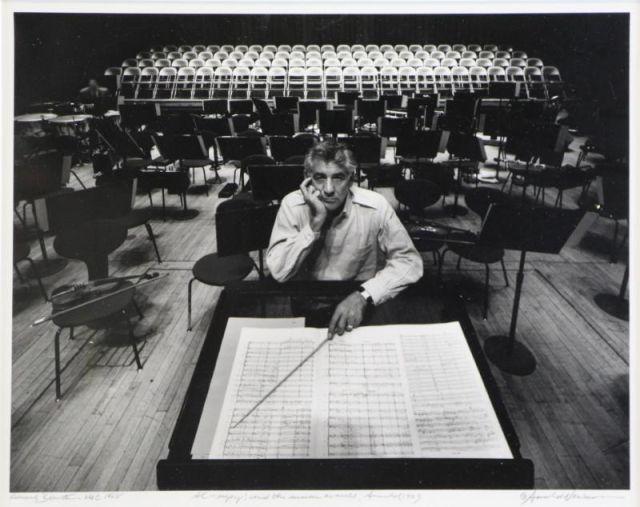
Mary Ellen Mark: (1940-2015)
Mary Ellen Mark (March 20, 1940 – May 25, 2015) was an American photographer known for her photojournalism, documentary photography, portraiture, and advertising photography. She photographed people who were “away from mainstream society and toward its more interesting, often troubled fringes”.
Mark had 18 collections of her work published, most notably Streetwise and Ward 81. Her work was exhibited at galleries and museums worldwide and widely published in Life, Rolling Stone, The New Yorker, New York Times, and Vanity Fair. She was a member of Magnum Photos between 1977 and 1981. She received numerous accolades, including three Robert F. Kennedy Journalism Awards, three fellowships from the National Endowment for the Arts, the 2014 Lifetime Achievement in Photography Award from the George Eastman House and the Outstanding Contribution Photography Award from the World Photography Organisation.
Mark was born and raised in Elkins Park, Pennsylvania and began photographing with a Box Brownie camera at age nine. She attended Cheltenham High School, where she was head cheerleader and exhibited a knack for painting and drawing. She received a Bachelor of Fine Arts in painting and art history from the University of Pennsylvania in 1962. After graduating, she worked briefly in the Philadelphia city planning department, then returned for a master’s degree in photojournalism at the Annenberg School for Communication at the University of Pennsylvania, which she received in 1964. The following year, Mark received a Fulbright Scholarship to photograph in Turkey for a year, from which she produced her first book, Passport (1974). While there, she travelled to photograph England, Germany, Greece, Italy, and Spain.
In 1966 or 1967, she moved to New York City, where over the next several years she photographed demonstrations in opposition to the Vietnam War, the women’s liberation movement, transvestite culture, and Times Square, developing a sensibility, according to one writer, “away from mainstream society and toward its more interesting, often troubled fringes”. Her photography addressed social issues such as homelessness, loneliness, drug addiction, and prostitution. Children are a reoccurring subject throughout much of Mark’s work. She described her approach to her subjects: “I’ve always felt that children and teenagers are not “children,” they’re small people. I look at them as little people and I either like them or I don’t like them. I also have an obsession with mental illness. And strange people who are outside the borders of society.” Mark also said “I’d rather pull up things from another culture that are universal, that we can all relate to…There are prostitutes all over the world. I try to show their way of life.” and that “I feel an affinity for people who haven’t had the best breaks in society. What I want to do more than anything is acknowledge their existence”. Mark was well known for establishing strong relationships with her subjects. For Ward 81 (1979), she lived for six weeks with the patients in the women’s security ward of Oregon State Hospital, and for Falkland Road (1981), she spent three months befriending the prostitutes who worked on a single long street in Bombay. Her project “Streets of the Lost” with writer Cheryl McCall, for Life, produced her book Streetwise (1988) and was developed into the documentary film Streetwise, directed by her husband Martin Bell and with a soundtrack by Tom Waits.
Mary Ellen Mark (1940- 2015) is one of the leading documentary photographers of the past half-century, and has achieved worldwide visibility through her many exhibitions, books, photo essays and portraits.
Mark traveled extensively since her first trip to Turkey on a Fulbright Scholarship in 1965. Her pictures of diverse people and cultures are groundbreaking images in the documentary field. Her essays on runaway children in Seattle, circuses and brothels in India, Catholic and Protestant women in Northern Ireland and patients in the maximum-security ward of Oregon State Mental Hospital demonstrate original and insightful ways of examining each theme. Her photographs are compassionate and factual.
Mark’s photographs have appeared in The Times Magazine, The New Yorker, Rolling Stone and Vogue. Among her many books are Ward 81 (Simon & Schuster, 1979); Falkland Road (Knopf, 1981); Mary Ellen Mark: 25 Years (Bullfinch, 1991); Mary Ellen Mark: American Odyssey (Aperture, 1999); and, most recently, Mary Ellen Mark: The Book of Everything (Steidl, 2020). Mark earned three fellowships from the National Endowment for the Arts, the Photographer of the Year Award from the Friends of Photography, the World Press Award for Outstanding Body of Work Throughout the Years, the Victor Hasselblad Cover Award and two Robert F. Kennedy Awards. She was the associate producer of the film American Heart (1992), directed by Martin Bell.
some of her work:





this image was taken by Arnold Newman who was famed for taking environmental portraits. this type of portrait is used to show his huge industrial empire with a sinister way. the shadows and the way the light highlights all the wrinkles in his face making him look more corrupt and dis honourable.
Alfred Krupp invented the spoon roller for spoons and forks.
the Krupp company helped the Nazi regime, used slave labour by the Nazis to carry out the holocaust. as Krupp gained the economic benefits.

On Thursday 30th of September we visited the Jersey Museum and Art Gallery in St. Helier to observe and take pictures of their most recent “People Power Protest” exhibit, as well as their other general history exhibits, which details history of Protest on Jersey. We thought this would be appropriate for our topic of ‘Heritage’
A Link to their Page on the Jersey Heritage website:
https://www.jerseyheritage.org/explore/find-a-place-to-visit/jersey-museum-art-gallery/
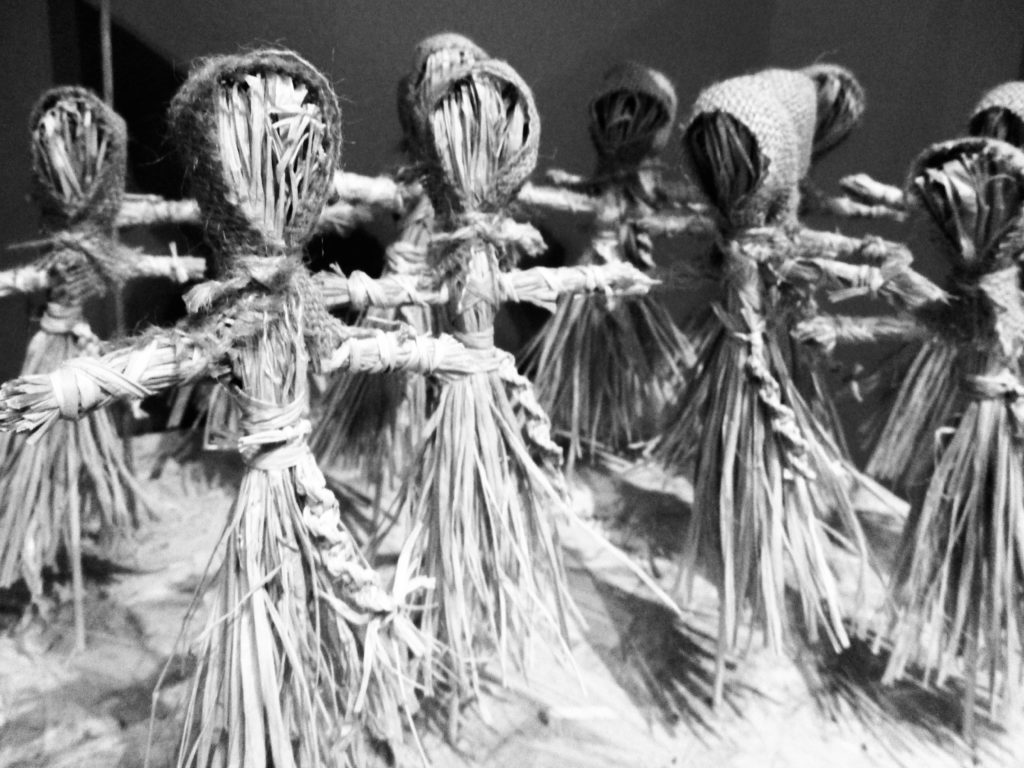
I chose to edit this image because I liked the way the straw figures were organised, their positions made them look human-like, while their faces are simply straw. I took the image at eye-level so it may appear that the viewer is a part of those figures’ organisation. I think that the way I edited it was effective as the harsh lighting, line and dark shadows makes the image look serious.
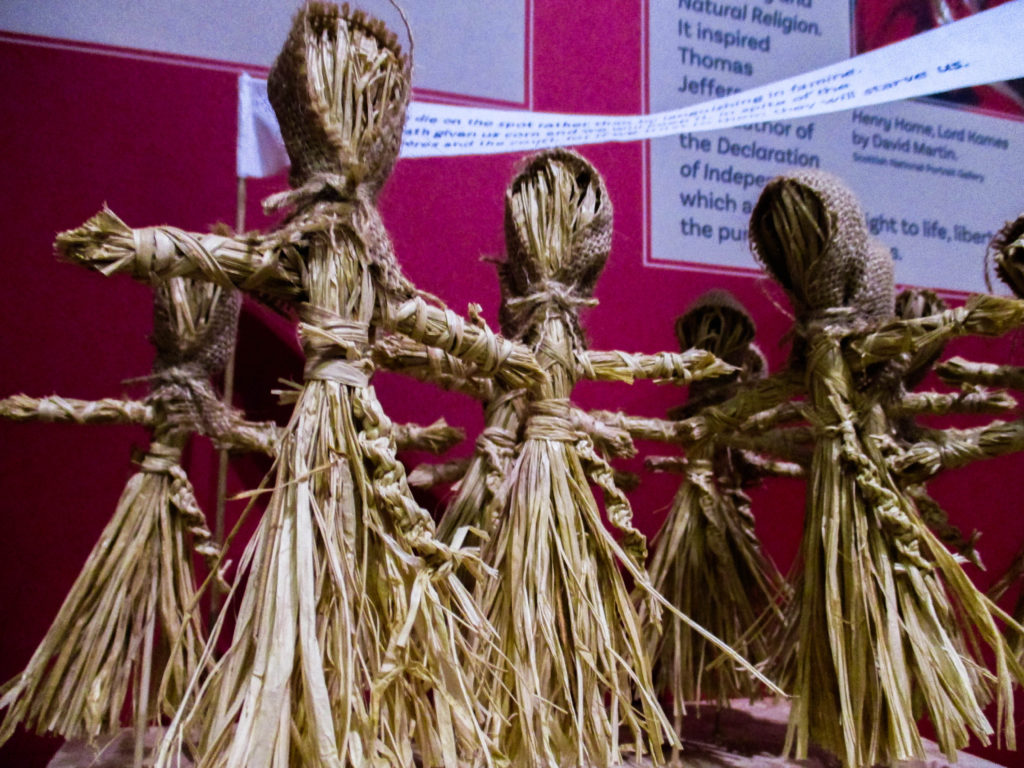
I chose to edit this image because I thought the colours and use of line was interesting to look at. Similar to the last image, I took an image of the straw figures, only this time I decided to use a low-angle shot to make the figures look more intimidating. I edited the image to have a darker, more contrasting look to help make the figures look more sinister.
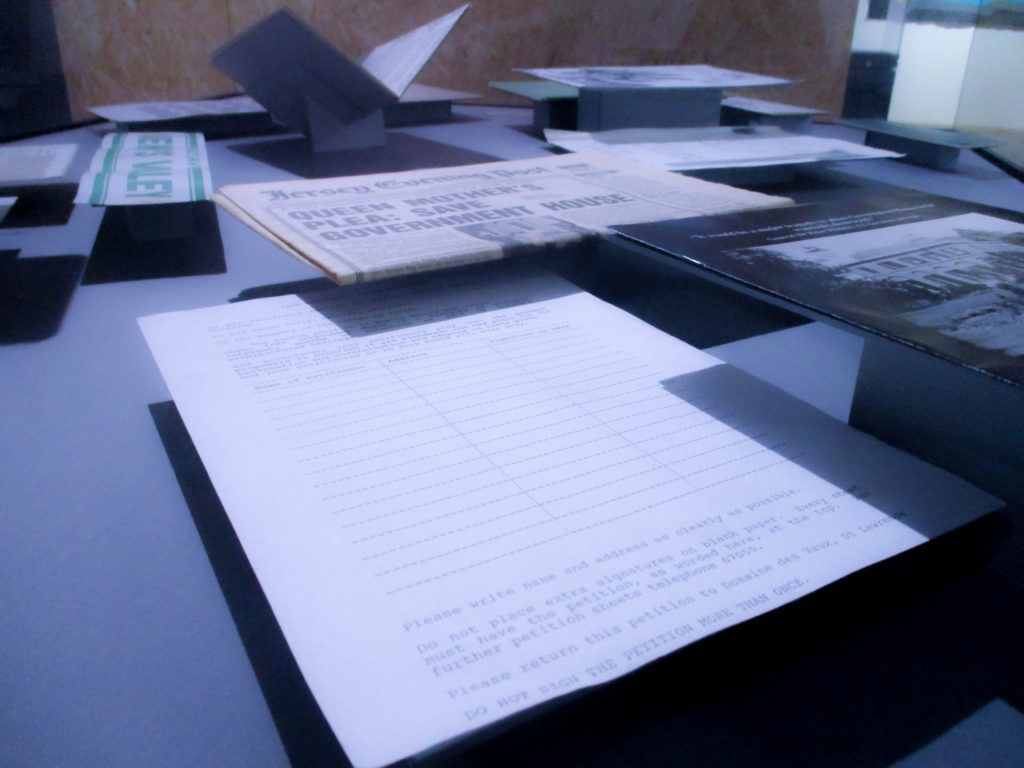
I chose to edit this image because I like how shape and line is very vivid, as well as the colder colours and clear shadows. When editing I wanted to keep all of the things that the original image did well and make them even more effective by increasing the contrast and making the image ever-so-slightly colder, which to me, makes the image look more formal.
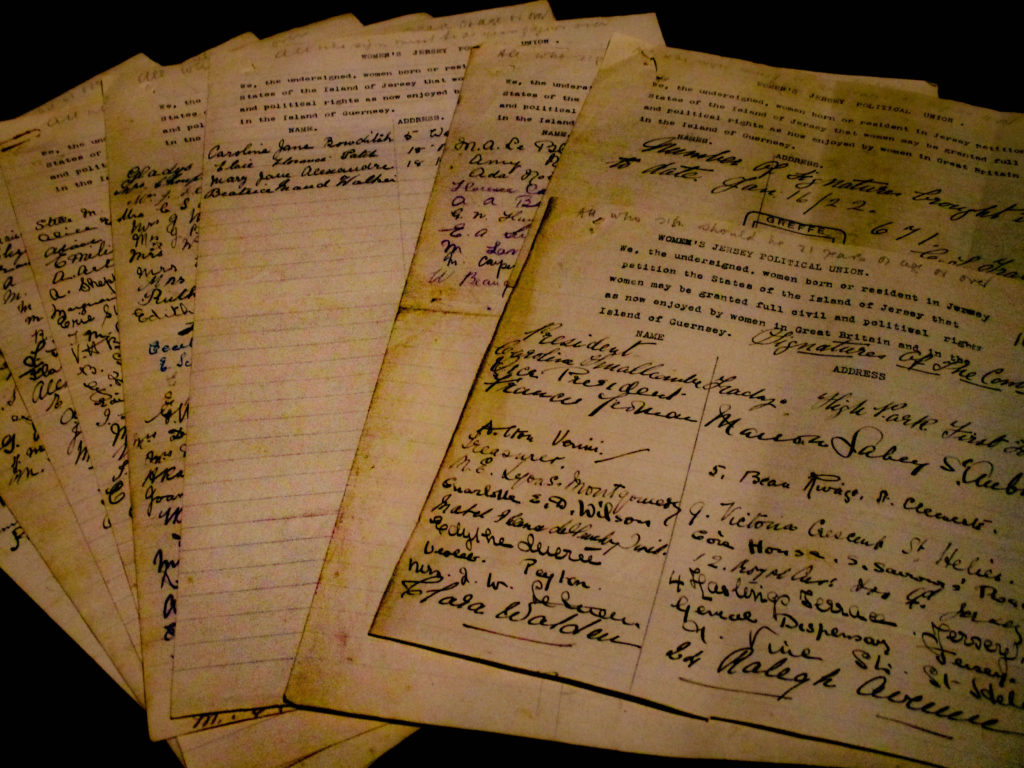
I like this image because of the way the sheets of paper are layered, it creates an angular shape which takes up the whole frame. Also, because of the layering, I get a sense of time from these pieces of paper and how it looks almost like a timeline of sorts. When editing I wanted only the pieces of paper to be visible, so I increased the contrast and lowered the exposure slightly, this also allowed the paper to look more clear.
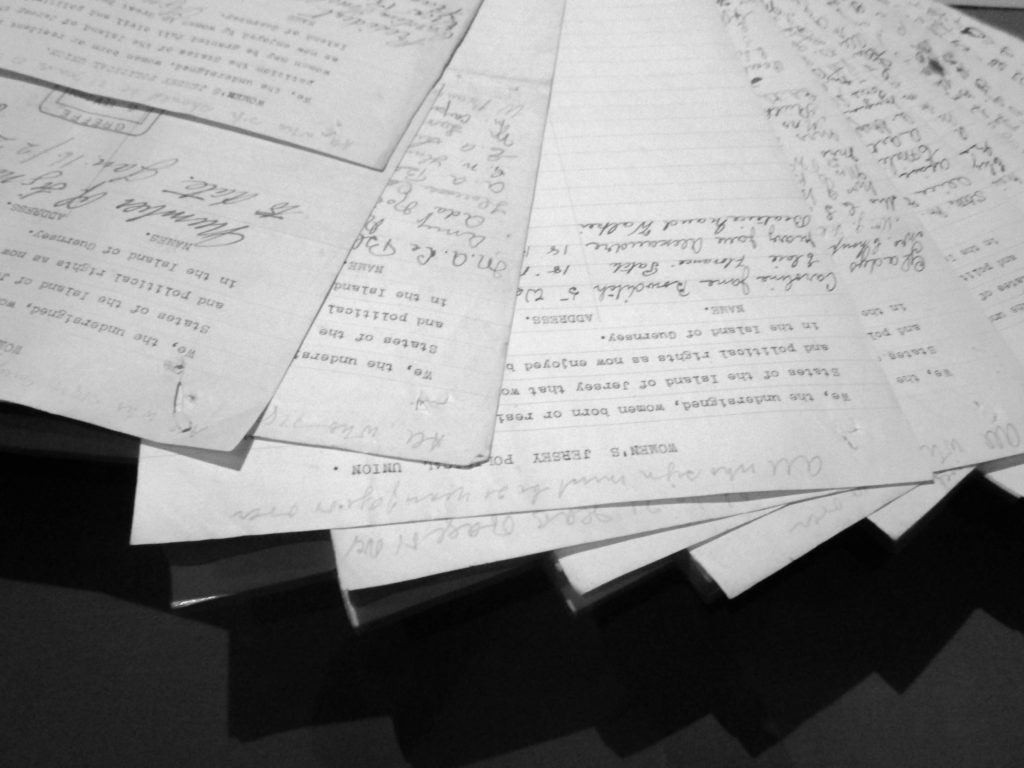
This image’s layout is similar to the last image, with an angular, staircase-like shape to it. Because of the harsher lighting and lack of colour, I think like this image is more formal and office-like, which works nicely with its ordered appearance. When editing I wanted to preserve its formal and angular look by simply increasing the contrast and exposure slightly, as well as making it black-and-white to keep the image’s formal appearance.
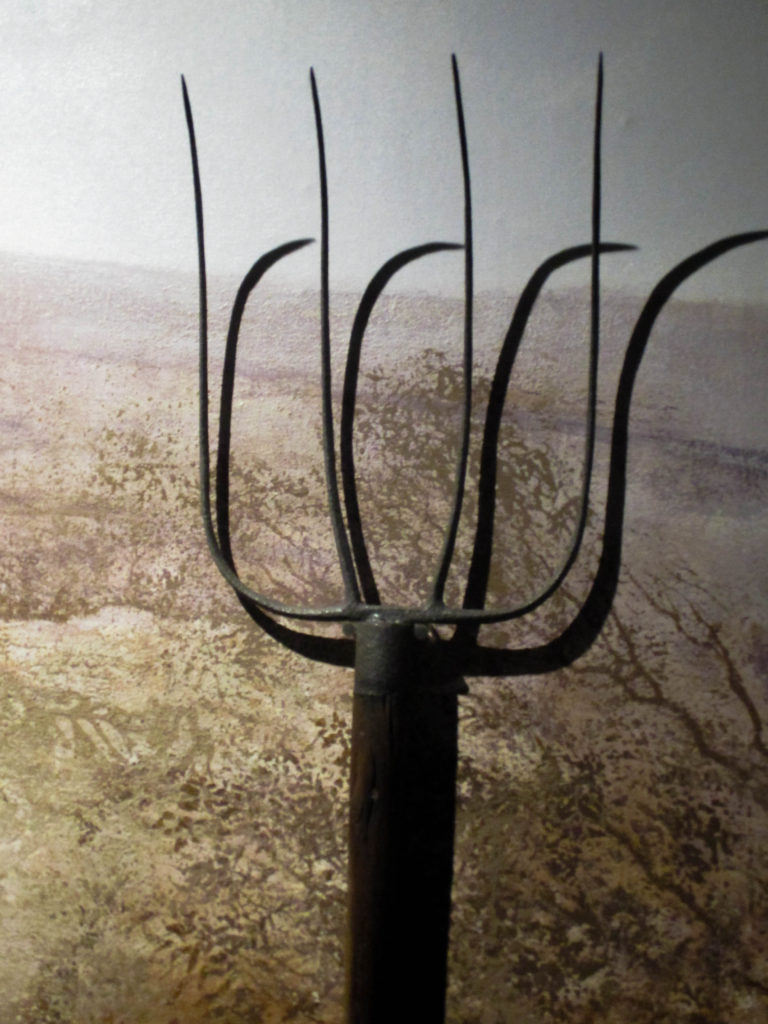
I chose this image because I like the way the object in the foreground works with the straw-like pattern in the background. I also think that the harsh lighting creates an interesting shadow that is a similar shape to the object. When editing I wanted to create a contrast that would bring out the shadows of the image, as well as keep the beige colour which, to me, makes it look more farm-like.
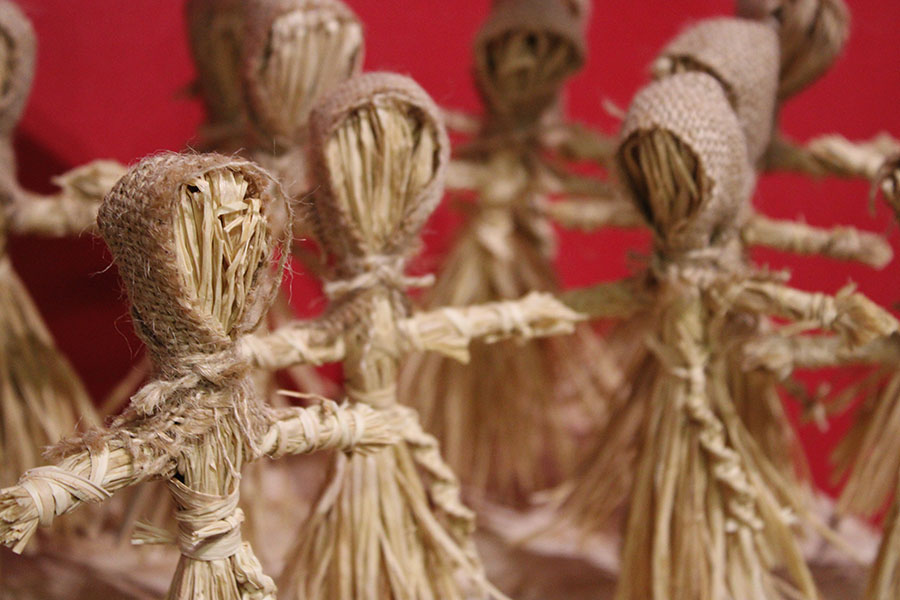
The Jersey Corn Riots is celebrated today as it is a celebration of our modern day democracy today. This began in 1769 when the corn riots took unfolded. Monday 27th September 2021 marks 250 years since the people of jersey protested against landowners.
A bad harvest in 1769 lead to the prices shooting up, many islanders were frustrated with the food shortages, higher prices and the unfair tax system leading to 500 islanders storming the Royal Court. The islanders rioted and protested with 13 demands for a fairer island.
Here are the 13 demands of the islanders:
• That the price of wheat be lowered and set at 20 sols per cabot.
• That foreigners be ejected from the Island.
• That his Majesty’s tithes be reduced to 20 sols per vergée.
• That the value of the liard coin be set to 4 per sol.
• That there should be a limit on the sales tax.
• That seigneurs stop enjoying the practice of champart (the right to every twelfth sheaf of corn or bundle of flax).
• That seigneurs end the right of ‘Jouir des Successions’(the right to enjoy anyone’s estate for a year and a day if they die without heirs).
• That branchage fines could no longer be imposed.
• That Rectors could no longer charge tithes except on apples.
• That charges against Captain Nicholas Fiott be dropped and that he be allowed to return to the Island without an inquiry.
• That the Customs’ House officers be ejected.
The power of protest

In September 1770, The code of laws were introduced to the island by Bentinck, Jerseys Lieutenant- Governor. These news laws aimed to make the law as fair as possible for everyone. These laws were laid down in 1771. The Jersey corn riots worked as a way of new fair life in Jersey for many years after.
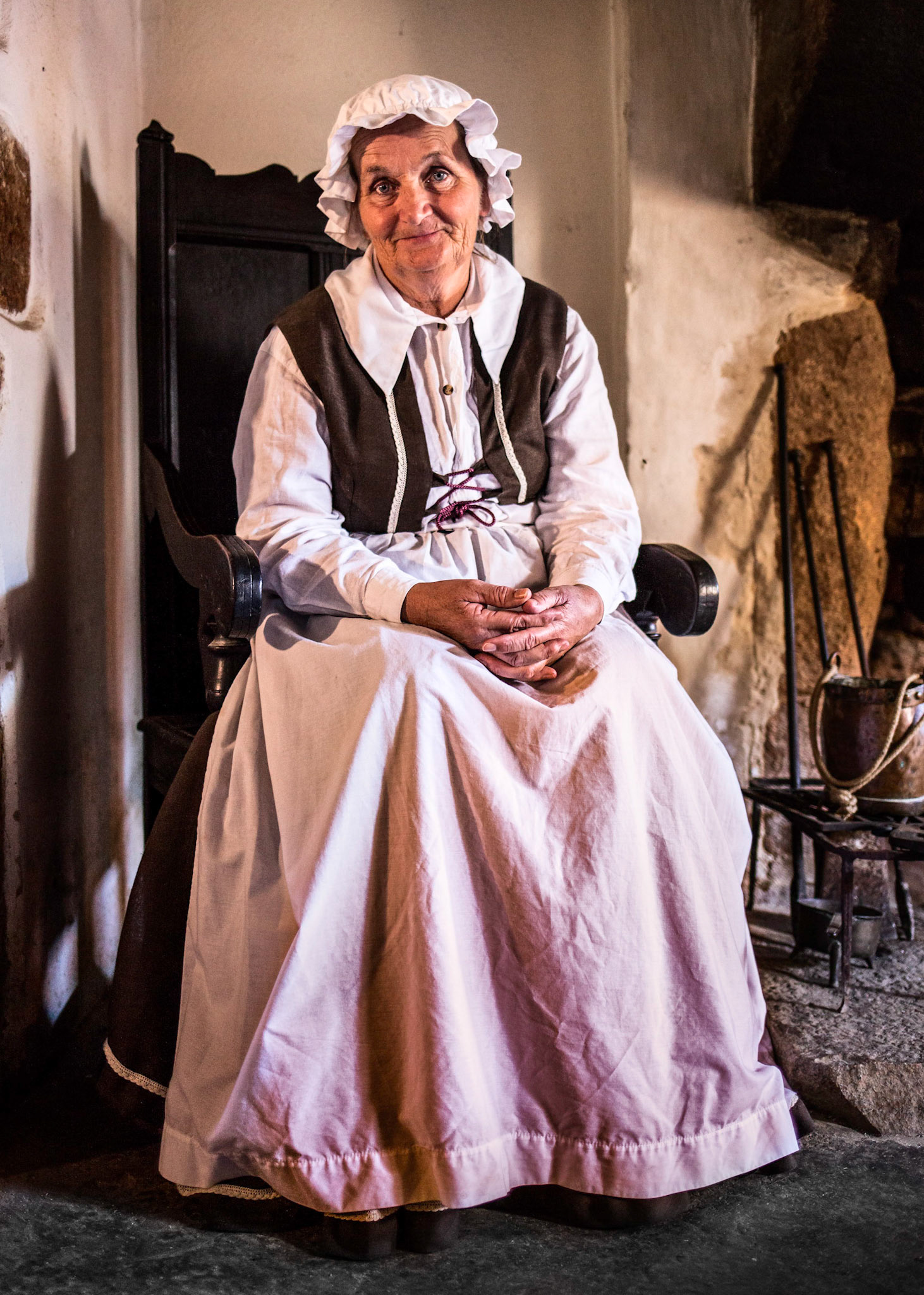
Hamptonne is the oldest farm in jersey it was purchased in 1633. it is an old thatched house with smaller houses and animal pens surrounding it.
The farm makes cider and have there own orchid which you can walk around. The trees in the orchid were chosen for their bitter and sweet tastes to combine together to make a cider which is perfectly mixed of flavours.
Every year Hamptonne prepares for their cider making festival called ‘La Faîs’sie d’Cidre‘ by collecting the apples from their orchard. They offer apple picking sessions throughout the first 2 weekends of October however are limited with the amount of people they can allow per session due to its popularity.
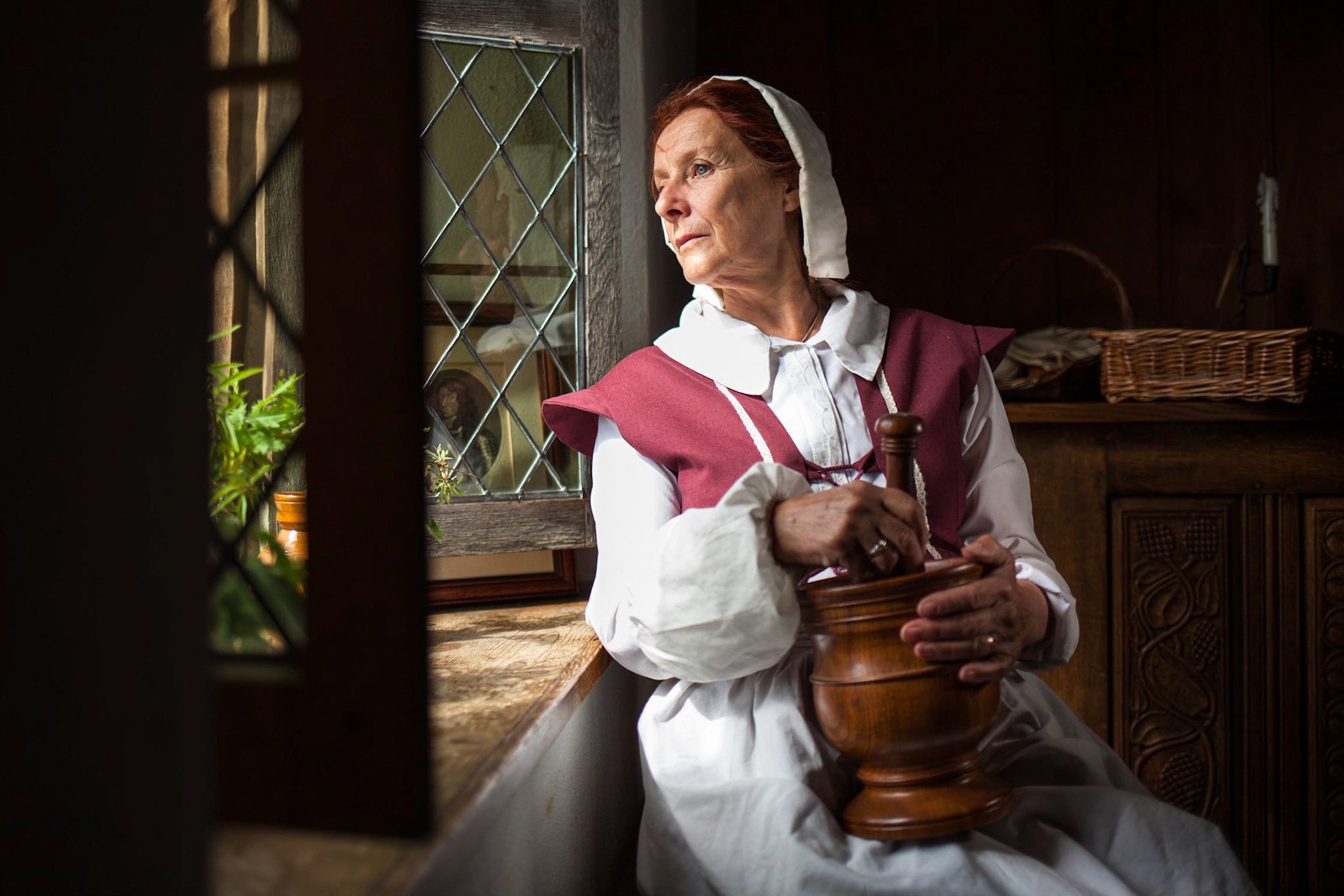

A local photographer, Tom Kennedy, uses natural light in order to make painting-like photos that are similar to the work of 17th Century painters. He’s visits Hamptonne and has photographed there multiple times. He wants people to reflect on their own lives and hopes to move people with his work.


In 1767, people protested about the export of grain from the Island. Anonymous threats were made against shipowners and a law was passed the following year to keep corn in Jersey. In August 1769 the States of Jersey repealed this law, claiming that crops in the Island were plentiful. There was suspicion that this was a ploy to raise the price of wheat, which would be beneficial to the rich.
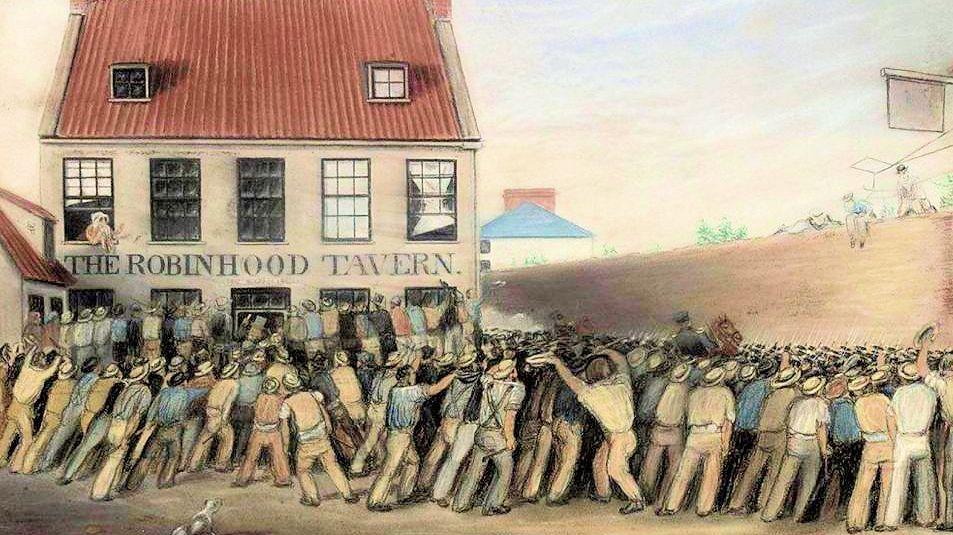
On Thursday 28 September 1769 a group of individuals from Trinity, St Martin, St John, St Lawrence and St Saviour marched towards Town where their numbers were swelled by residents of St Helier. The group was met at the door of the Royal Court and was urged to disperse and send its demands in a more respectful manner. However, the crowd forced its way into the Court Room armed with clubs and sticks. Inside, they ordered that their demands be written down in the Court book.
The demands of the Corn Riots protestors included:
• That the price of wheat be lowered and set at 20 sols per cabot.
• That foreigners be ejected from the Island.
• That his Majesty’s tithes be reduced to 20 sols per vergée.
• That the value of the liard coin be set to 4 per sol.
• That there should be a limit on the sales tax.
• That seigneurs stop enjoying the practice of champart (the right to every twelfth sheaf of corn or bundle of flax).
• That branchage fines could no longer be imposed.
• That Rectors could no longer charge tithes except on apples.
• That the Customs’ House officers be ejected.
In 1769, frustrations with food shortages, rising prices, an unfair taxation system, and Jersey’s power structure led to the storming of the Royal Court by around 500 Islanders in what became known as The Corn Riots.
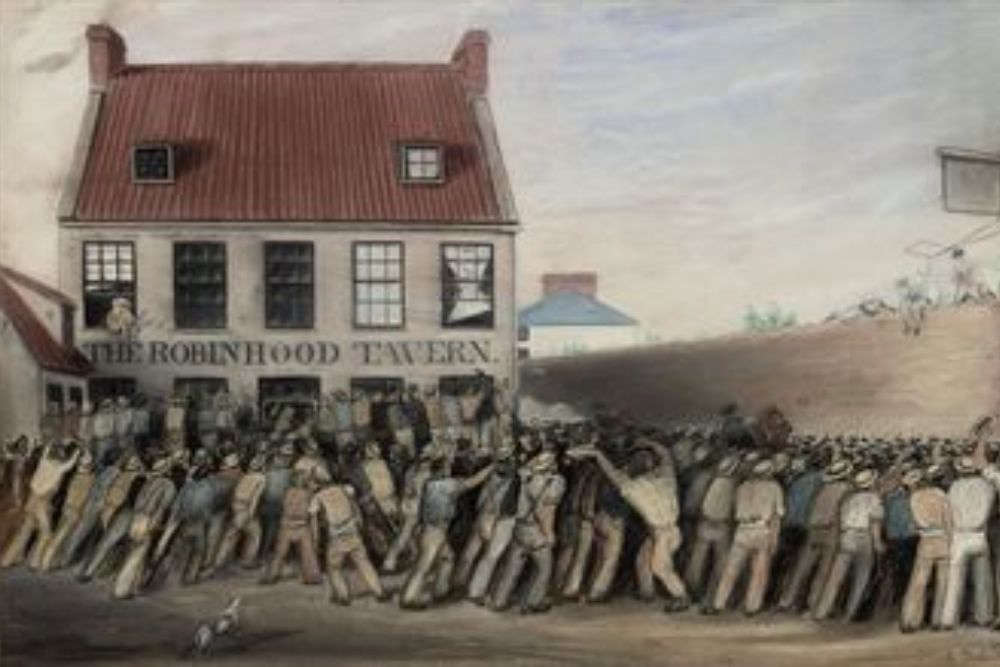
In 1767, people protested about the export of grain from the Island. Anonymous threats were made against shipowners and a law was passed the following year to keep corn in Jersey. In August 1769 the States of Jersey repealed this law, claiming that crops in the Island were plentiful. There was suspicion that this was a ploy to raise the price of wheat, which would be beneficial to the rich, many of whom had ‘rentes’ owed to them on properties that were payable in wheat. As major landowners, the Lemprière family stood to profit hugely.
On Thursday 28 September 1769, a Court called the Assize d’Héritage was sitting, hearing cases relating to property disputes. The Lieutenant Bailiff, Charles Lemprière, sat as the Head of the Court. Meanwhile, a group of disgruntled individuals from Trinity, St Martin, St John, St Lawrence and St Saviour marched towards Town where their numbers were swelled by residents of St Helier. The group was met at the door of the Royal Court and was urged to disperse and send its demands in a more respectful manner. However, the crowd forced its way into the Court Room armed with clubs and sticks. Inside, they ordered that their demands be written down in the Court book. Although the King later commanded that the lines be removed from the book (image 3), a transcription survives that shows the crowd’s demands.
In September 1770, Bentinck declared that a set of rules and regulations be written down to make the Law as fair as possible. The aim was that everyone ‘…be no more obliged to Live in a continual dread of becoming liable to punishments, for disobeying Laws it was morally impossible for them to have the least knowledge of.’

Bentinck’s Code was introduced in 1771 and clearly laid down the Laws of the Island. It also divided the power to make the laws and enforce the laws between the States of Jersey and the Royal Court. Charles Lemprière remained as Lieutenant Bailiff but he had lost his monopoly on power.
The Corn Riots had started Jersey on the road to reform and a fairer society.
